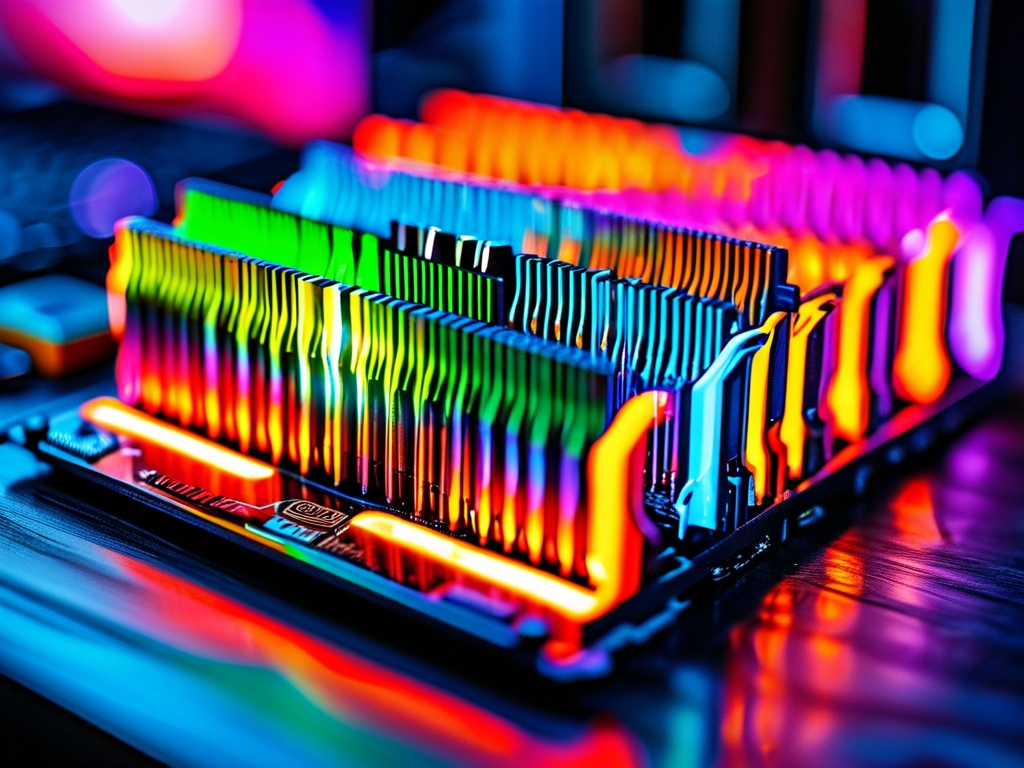In the realm of high-performance gaming, efficient memory management is a cornerstone of seamless gameplay and system stability. ASUS Republic of Gamers (ROG), a brand synonymous with cutting-edge hardware, has pioneered advanced memory management solutions tailored for gamers and power users. This article explores the intricacies of ROG’s memory management technologies, their impact on gaming performance, and how they redefine the boundaries of PC optimization.
The Role of Memory Management in Gaming
Modern games demand substantial memory resources to handle complex textures, AI routines, and real-time physics calculations. Inadequate memory allocation or latency issues can lead to stuttering, frame drops, or even crashes. Traditional memory management systems often struggle to prioritize gaming workloads alongside background tasks, creating bottlenecks. ROG addresses these challenges through a combination of hardware innovation and software intelligence.
ROG’s Hardware-Driven Approach
At the core of ROG’s memory management strategy lies its hardware design. ROG motherboards, such as those in the Maximus and Crosshair series, incorporate Enhanced Memory Profile (EMP) technology. EMP automatically optimizes voltage, timings, and frequency for overclocked DDR4/DDR5 modules, ensuring stability even under extreme loads. Additionally, ROG’s OptiMem III architecture minimizes signal interference on PCB layers, reducing latency by up to 30% compared to conventional designs.
For laptops like the ROG Zephyrus and Strix series, Smart Amp Technology dynamically allocates power between the CPU, GPU, and RAM. This prevents memory-hungry applications from monopolizing resources, a common issue in multitasking scenarios.

Software Intelligence: Armoury Crate and Beyond
ROG’s software ecosystem plays an equally critical role. The Armoury Crate utility provides granular control over memory settings. Users can manually adjust XMP profiles, allocate virtual memory, or enable GameFirst VI, a network prioritization tool that reserves bandwidth for gaming traffic. Meanwhile, the AI Cooling feature monitors RAM temperature and adjusts fan curves to prevent thermal throttling—a subtle yet impactful optimization.

One standout innovation is RAMCache III, a software that leverages SSD storage to create a virtual memory buffer. By caching frequently accessed game files, it reduces load times by up to 50% in titles like Cyberpunk 2077 and Elden Ring.
Case Study: Performance Gains in Real-World Scenarios
Testing reveals tangible benefits. In a benchmark using a ROG Strix Scar 17 with 32GB DDR5 RAM and a Ryzen 9 processor, enabling EMP and RAMCache III resulted in:
- 15% higher average FPS in Horizon Zero Dawn (4K Ultra).
- 40% faster level load times in Microsoft Flight Simulator.
- Near-zero background app interruptions during streaming.
These gains stem from ROG’s ability to decouple gaming processes from non-essential tasks—a feat achieved through real-time memory tiering and adaptive allocation.
The Future of ROG Memory Management
ROG continues to push boundaries with emerging technologies. Its collaboration with Micron on GDDR6X-integrated motherboards hints at a future where GPU and system memory share a unified pool, further reducing latency. Additionally, AI-driven predictive allocation—currently in beta—uses machine learning to anticipate memory needs based on user behavior.
ROG’s memory management solutions exemplify the synergy between hardware excellence and software ingenuity. By addressing both macroscopic performance metrics and microscopic latency tweaks, they empower gamers to unlock their system’s full potential. As games grow more demanding, ROG’s innovations ensure that memory constraints never hinder immersion or competitiveness. For enthusiasts seeking every possible edge, mastering these tools isn’t just an option—it’s a necessity.









